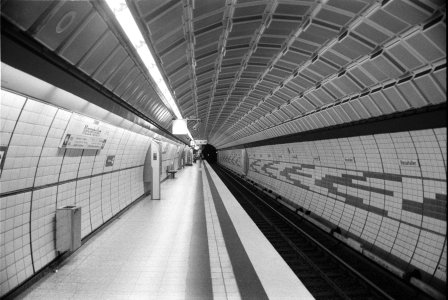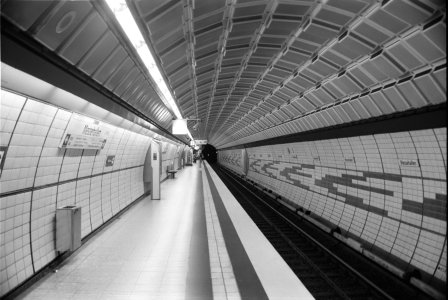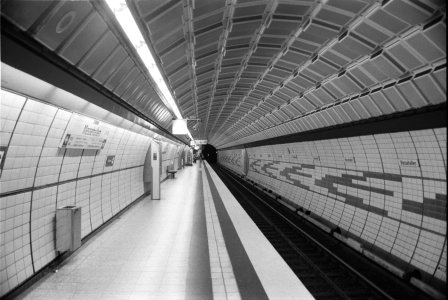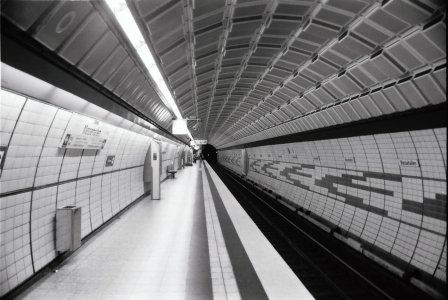Bill Watts
Well-Known Member
Photo of Messehallen station down platform.( a British railway term indicating that the trains stopping at this platform are travelling away from a point of origin, in this case Hauptbanhof Nord) I think this is fairly evocative of days gone by. I am finding HP5 a bit too grainy for my taste.
Camera: Olympus iS-3000
Lens: 35-180 ED f4.5-5.6
Film: Ilford HP5+ exposed at box speed, ISO 400
Exposure: 1/20s, f 4.5, 35mm.
Scanner: Minolta Dimage Scan Dual IV, 24bit colour, 3200DPI
Software: Scanned and inverted in Vuescan 9 Pro, contrast adjusted in Affinity Photo 2

Camera: Olympus iS-3000
Lens: 35-180 ED f4.5-5.6
Film: Ilford HP5+ exposed at box speed, ISO 400
Exposure: 1/20s, f 4.5, 35mm.
Scanner: Minolta Dimage Scan Dual IV, 24bit colour, 3200DPI
Software: Scanned and inverted in Vuescan 9 Pro, contrast adjusted in Affinity Photo 2





